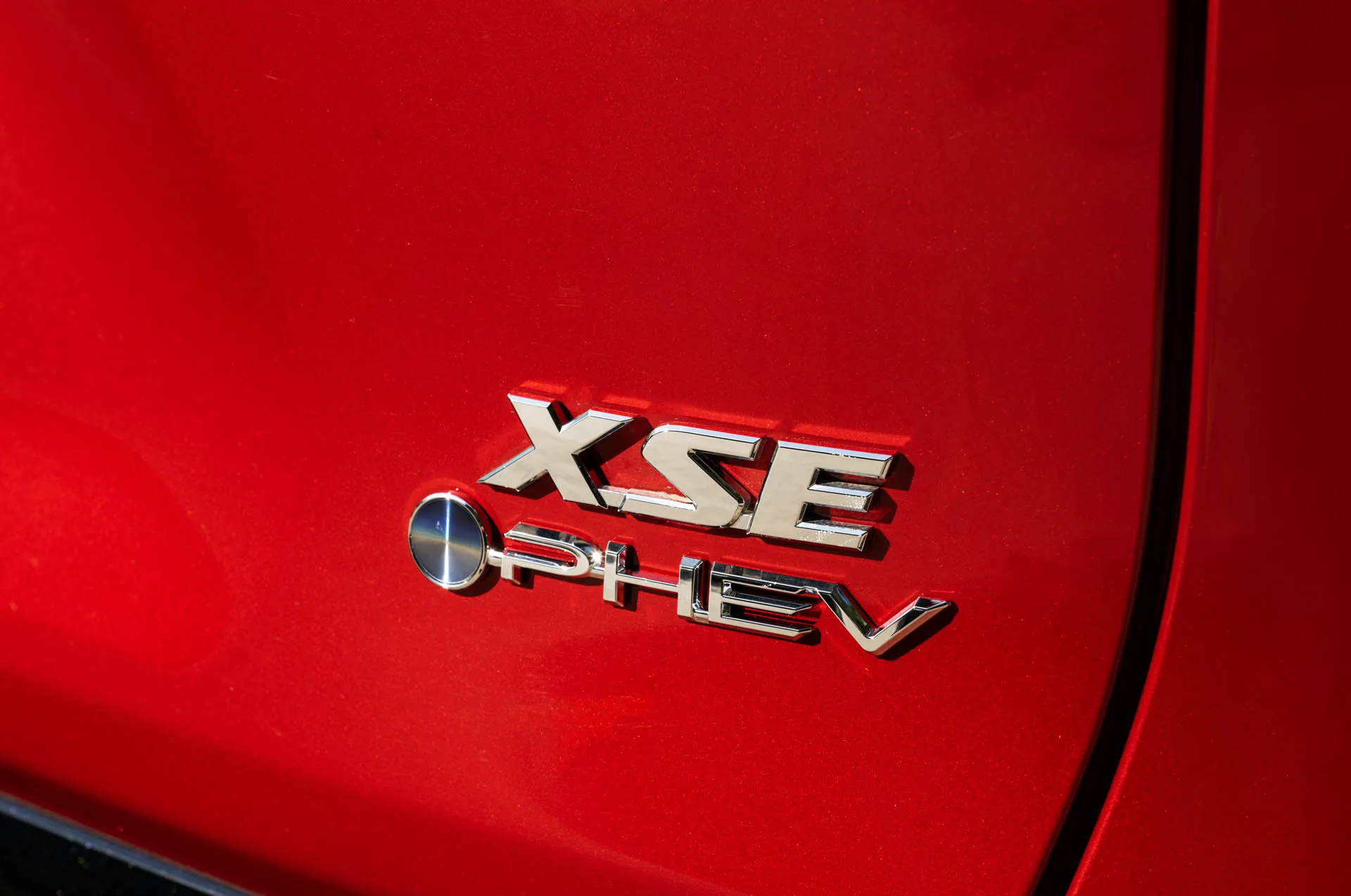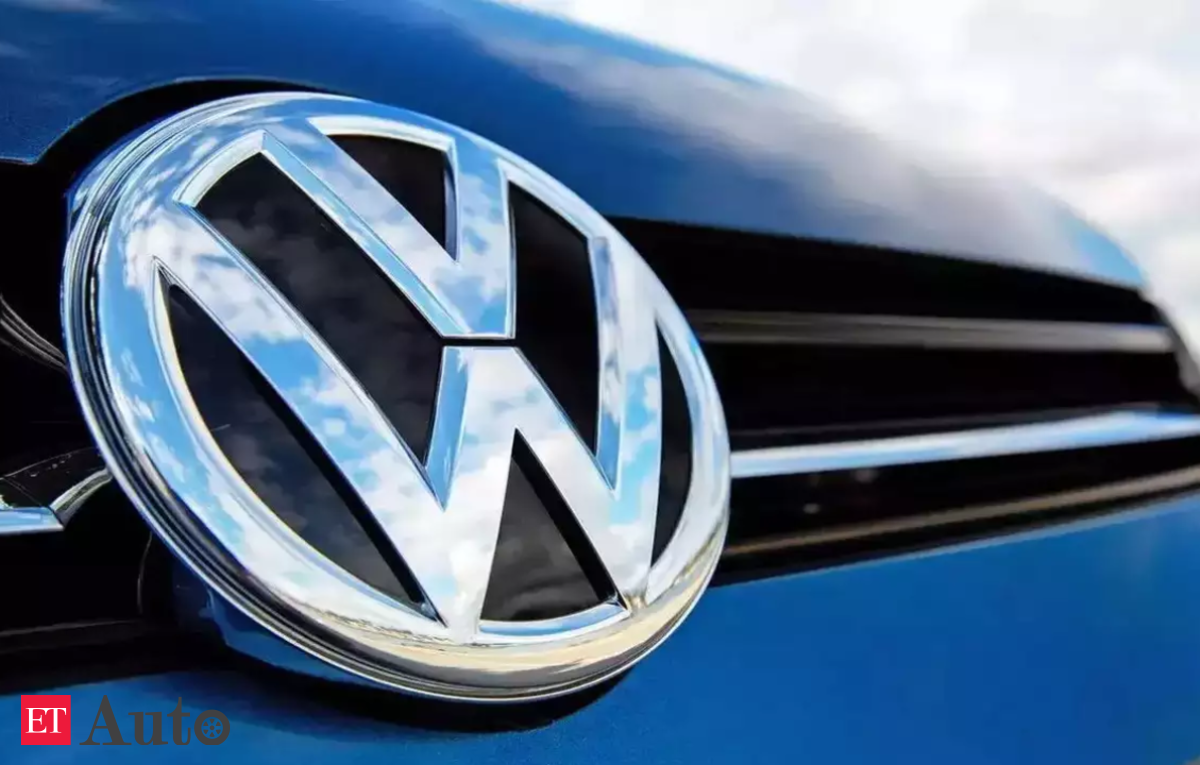TDI and CRDi are both fuel injection systems used in diesel engines. TDI stands for Turbocharged Direct Injection, while CRDi stands for Common Rail Direct Injection. Both systems are designed to inject fuel into the engine at high pressure to ensure proper combustion and power output. However, there are some differences between TDI and CRDi systems in terms of their design, performance, and efficiency. In this context, this discussion will explore the differences between TDI and CRDi, their advantages and disadvantages, and which one is better suited for different applications.
TDI stands for Turbocharged Direct Injection, which is a type of fuel injection system used in diesel engines. In this system, fuel is directly injected into the combustion chamber at high pressure using a common rail system. The fuel injection is achieved by a high-pressure fuel pump that supplies fuel to a common rail, which in turn feeds the fuel injectors. The turbocharger increases the density of the air that is drawn into the engine, which improves combustion efficiency and power output.
Construction and Working of TDI System:
The TDI system consists of a fuel tank, a fuel pump, a fuel filter, a common rail, fuel injectors, and a turbocharger. The fuel pump draws fuel from the fuel tank and sends it through the fuel filter to remove any impurities. The fuel is then pressurized by the fuel pump and sent to the common rail. The common rail acts as a reservoir for the pressurized fuel, and it distributes the fuel to each injector when required.
The fuel injectors are mounted on the cylinder head and are controlled by the engine management system. The engine management system monitors various engine parameters such as engine speed, load, and temperature, and adjusts the amount of fuel injected into the combustion chamber accordingly.
Advantages of TDI System:
- Improved Fuel Efficiency: The TDI system is more fuel-efficient compared to traditional diesel engines because of the high-pressure injection and turbocharging. This results in better fuel combustion and reduced fuel consumption.
- Increased Power Output: The TDI system provides higher power output due to the high-pressure injection and turbocharging. This results in better acceleration and overall performance.
- Reduced Emissions: The TDI system produces fewer emissions compared to traditional diesel engines because of the improved fuel combustion and reduced fuel consumption.
Disadvantages of TDI System:
- High Cost: The TDI system is more expensive compared to traditional diesel engines due to the complex fuel injection system, turbocharger, and engine management system.
- Requires High-Quality Fuel: The TDI system requires high-quality diesel fuel to operate efficiently. Low-quality fuel can cause damage to the engine and reduce its performance.
- Complex Maintenance: The TDI system is more complex compared to traditional diesel engines, which makes maintenance more challenging and expensive. It requires specialized tools and expertise to diagnose and repair any issues.
In summary, the TDI system is a fuel injection system used in diesel engines that provides improved fuel efficiency, increased power output, and reduced emissions. However, it is more expensive than traditional diesel engines, requires high-quality fuel, and has complex maintenance requirements.
what is CRDi? construction, advantages and disadvantages
Check-in has given link: What is CRDi Engine? CRDi Full Form

What is the difference between TDI and CRDI?
What is the difference between TDI and CRDI in diesel?
TDI and CRDI are both fuel injection systems used in diesel engines, but they differ in their operating principles.
TDI stands for Turbocharged Direct Injection, which is a fuel injection system where the fuel is injected directly into the combustion chamber at high pressure using a common rail system. The high-pressure fuel injection is achieved by a high-pressure fuel pump, which supplies fuel to a common rail that feeds the injectors. The turbocharger increases the density of the air that is drawn into the engine, which improves combustion efficiency and power output.
CRDI, on the other hand, stands for Common Rail Direct Injection. It is also a fuel injection system that uses a common rail to supply fuel to the injectors, but in this system, the fuel is injected into the combustion chamber at an even higher pressure, which results in better fuel atomization and improved combustion efficiency. The CRDI system uses an electronic control unit (ECU) to precisely regulate the fuel pressure and timing of injection, which allows for greater control over the combustion process.
In summary, while both TDI and CRDI are direct injection systems that deliver fuel directly into the combustion chamber, CRDI operates at higher fuel pressures and uses electronic control to achieve greater precision and control over the combustion process.
What is the difference between TDI and CRDI in petrol?
TDI and CRDI are both fuel injection systems used in diesel engines, and they are not typically used in petrol engines. Petrol engines typically use a different type of fuel injection system, such as port fuel injection (PFI) or direct injection (DI).
PFI is the most common type of fuel injection system used in petrol engines, where the fuel is injected into the intake port of the engine just before the intake valve. PFI systems are typically simpler and less expensive compared to direct injection systems, but they may not provide the same level of performance and efficiency.
DI is a newer type of fuel injection system used in some petrol engines, where the fuel is directly injected into the combustion chamber at high pressure. DI systems can provide better fuel efficiency, power output, and emissions compared to PFI systems, but they are typically more complex and expensive.
In summary, TDI and CRDI are not typically used in petrol engines, which typically use port fuel injection or direct injection systems instead. The main differences between PFI and DI systems are their injection location and complexity, with DI systems typically providing better performance and efficiency but being more complex and expensive.
Which is better TDI or CRDi?
Whether TDI or CRDI is better depends on the specific application and engine requirements.
TDI, or Turbocharged Direct Injection, is a fuel injection system used in diesel engines where fuel is injected directly into the combustion chamber at high pressure using a common rail system. TDI systems are known for their high fuel efficiency, improved power output, and reduced emissions. However, TDI systems may not provide the same level of precision and control over the combustion process compared to CRDI systems.
CRDI, or Common Rail Direct Injection, is another type of fuel injection system used in diesel engines. CRDI systems use an electronic control unit to precisely regulate the fuel pressure and timing of injection, which allows for greater control over the combustion process. CRDI systems typically provide better fuel efficiency, power output, and emissions compared to TDI systems, but they are also more complex and expensive.
In summary, CRDI systems typically provide better performance and efficiency compared to TDI systems, but they are also more complex and expensive. The choice between TDI and CRDI will depend on the specific engine requirements and the trade-offs between performance, efficiency, and cost.
TDI or CRDi Conclusion
In conclusion, TDI and CRDi are both fuel injection systems used in diesel engines, with TDI being simpler and less expensive compared to CRDi, but CRDi providing better performance, efficiency, and control over the combustion process. The choice between TDI and CRDi depends on the specific engine requirements, trade-offs between performance, efficiency, and cost, and the availability of fuel and maintenance resources.
TDI or CRDi FAQs
Sure, here are some frequently asked questions (FAQs) about TDI and CRDi:
- What is the difference between TDI and CRDi? TDI (Turbocharged Direct Injection) and CRDi (Common Rail Direct Injection) are both fuel injection systems used in diesel engines. TDI systems inject fuel directly into the combustion chamber at high pressure using a common rail system, while CRDi systems use an electronic control unit to precisely regulate the fuel pressure and timing of injection. CRDi systems typically provide better performance and efficiency compared to TDI systems, but they are also more complex and expensive.
- Which is better, TDI or CRDi? The choice between TDI and CRDi depends on the specific engine requirements and the trade-offs between performance, efficiency, and cost. CRDi systems typically provide better performance and efficiency compared to TDI systems, but they are also more complex and expensive.
- What are the advantages of TDI? TDI systems are known for their high fuel efficiency, improved power output, and reduced emissions. They are also simpler and less expensive compared to CRDi systems.
- What are the advantages of CRDi? CRDi systems provide greater control over the combustion process, which allows for better fuel efficiency, power output, and emissions compared to TDI systems. They can also reduce engine noise and vibration, and provide smoother acceleration.
- What are the disadvantages of TDI? TDI systems may not provide the same level of precision and control over the combustion process compared to CRDi systems. They also require high-quality fuel to operate efficiently and have complex maintenance requirements.
- What are the disadvantages of CRDi? CRDi systems are more complex and expensive compared to TDI systems, and they may require specialized tools and expertise to diagnose and repair any issues. They are also more sensitive to fuel quality and may be more prone to clogging or damage from low-quality fuel.





